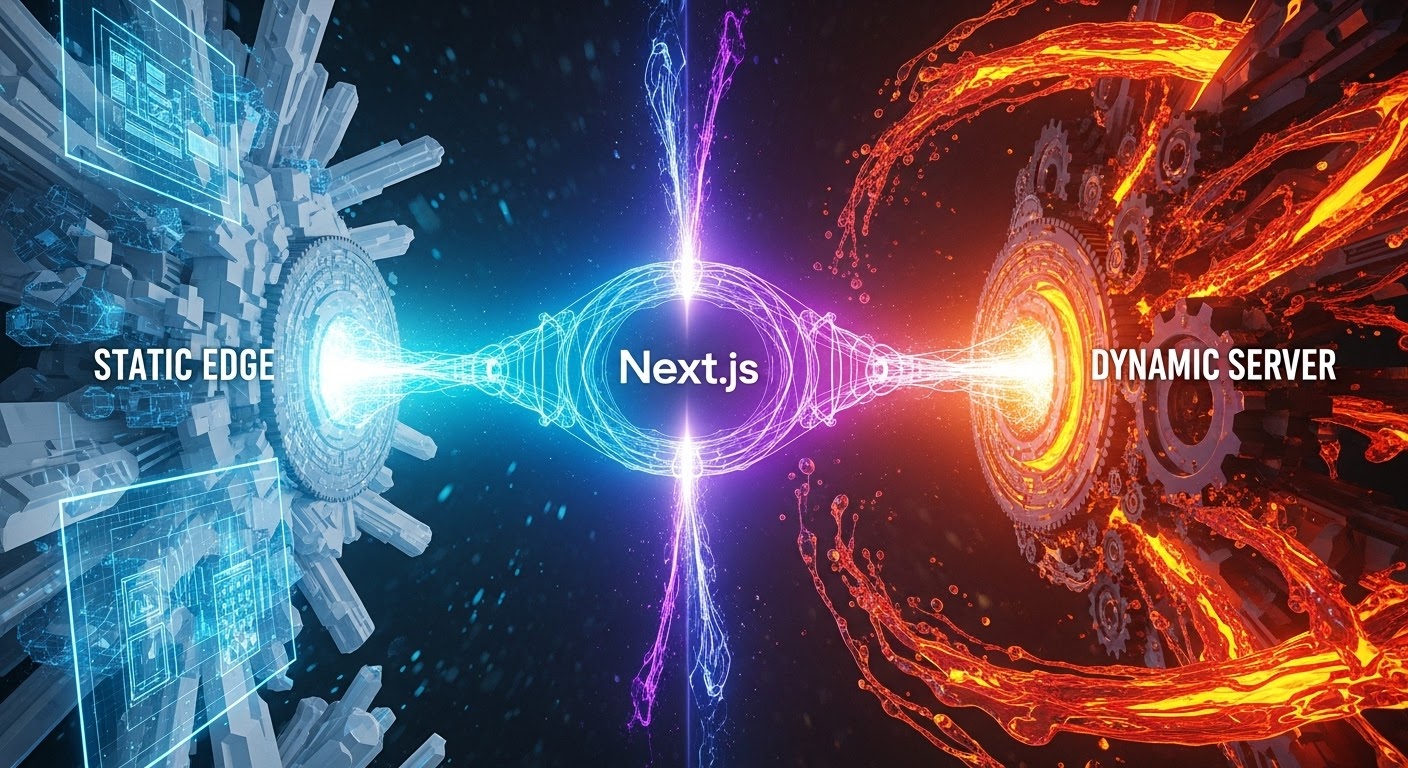Search This Blog
Welcome to Financially Free, your guide to taking control of your money. Learn to budget, pay off debt, and invest wisely. We provide practical advice and simple strategies to help you build wealth and achieve true financial independence. It's time to live life on your terms.
Axos ONE
Featured
- Get link
- X
- Other Apps
AI-Powered Cybersecurity Solutions: A New Era of Protection
AI-Powered Cybersecurity Solutions: A New Era of Protection
In today's increasingly digital world, cybersecurity is no longer just a luxury—it's a necessity. With the surge in cyberattacks, data breaches, and online threats, businesses and individuals alike are searching for innovative ways to protect sensitive information and assets. One of the most promising advancements in cybersecurity is the integration of Artificial Intelligence (AI). AI-powered cybersecurity solutions have revolutionized how we detect, prevent, and respond to cyber threats.
What is AI-Powered Cybersecurity?
AI-powered cybersecurity solutions use machine learning algorithms and data analysis techniques to identify patterns, detect anomalies, and predict potential security risks. These solutions are designed to provide faster, more accurate responses to threats, often with the ability to adapt and evolve as cyberattack tactics change.
Unlike traditional cybersecurity methods that rely heavily on predefined rules and manual updates, AI systems can learn from data and improve over time. This allows them to identify unknown threats, even those that have never been seen before, making them more effective in protecting against sophisticated cyberattacks.
Key Benefits of AI in Cybersecurity
-
Enhanced Threat Detection One of the most significant advantages of AI-powered cybersecurity is its ability to detect threats in real-time. AI systems continuously monitor network traffic, user behavior, and system activity to identify potential threats as soon as they occur. By analyzing vast amounts of data quickly, AI can detect patterns that might go unnoticed by human analysts or traditional security tools.
-
Faster Response Times In the event of a cyberattack, speed is critical. AI can help organizations respond to threats much faster than manual methods. For example, machine learning algorithms can instantly analyze and classify incoming threats, enabling automated responses such as blocking malicious IP addresses or isolating compromised systems.
-
Adaptive Learning Cybercriminals are constantly evolving their tactics to bypass traditional security measures. AI-powered solutions can adapt and improve as new types of threats emerge. With machine learning, these systems can continuously refine their models based on new data, ensuring they remain effective even against unknown or evolving attack strategies.
-
Reduced Human Error Human error is one of the leading causes of cybersecurity breaches. AI can reduce the risk of human mistakes by automating routine tasks, such as patching vulnerabilities or analyzing suspicious activity. This allows security teams to focus on more complex tasks and decision-making while ensuring that basic security measures are consistently maintained.
-
Cost-Effectiveness While AI-powered cybersecurity solutions may require a higher upfront investment, they can ultimately reduce costs in the long term. By automating routine tasks, improving threat detection, and reducing the impact of attacks, organizations can save money on manual labor and recovery efforts.
Real-World Applications of AI in Cybersecurity
-
Network Security: AI tools can monitor network traffic for signs of unusual behavior, helping to detect DDoS attacks, ransomware, and other threats before they cause significant damage.
-
Endpoint Protection: AI can analyze the behavior of software on endpoints (computers, mobile devices, etc.) to identify malicious activity, even if the malware has never been seen before.
-
Fraud Prevention: In industries like banking and e-commerce, AI can be used to detect fraudulent transactions by analyzing patterns in user behavior and transaction history.
-
Threat Hunting: AI can assist security teams in proactively hunting for threats within a network by analyzing large volumes of data to identify hidden risks.
Challenges and Considerations
While AI-powered cybersecurity offers many benefits, it is not without challenges. One of the main concerns is the potential for AI systems to be exploited by cybercriminals. Just as security professionals use AI to defend against attacks, hackers can also use AI to enhance their own tactics, such as automating phishing campaigns or developing new malware strains.
Moreover, the implementation of AI-powered security solutions requires expertise in both cybersecurity and machine learning. Organizations must ensure they have the right skills in-house or partner with external experts to effectively deploy and manage AI tools.
Conclusion
AI-powered cybersecurity solutions are transforming the way we approach digital security. By leveraging advanced machine learning algorithms and data analysis, these systems offer enhanced threat detection, faster response times, and adaptive learning capabilities that traditional security measures cannot match. While challenges exist, the potential for AI to improve cybersecurity and protect against increasingly sophisticated threats is undeniable. As cyberattacks continue to evolve, AI will be at the forefront of the fight to secure our digital future.
Popular Posts
Next.js Partial Prerendering: The End of the Static vs. Dynamic Trade-off
- Get link
- X
- Other Apps
Gemini 3 is Here: The AI That Finally "Reads the Room"
- Get link
- X
- Other Apps





Comments
Post a Comment